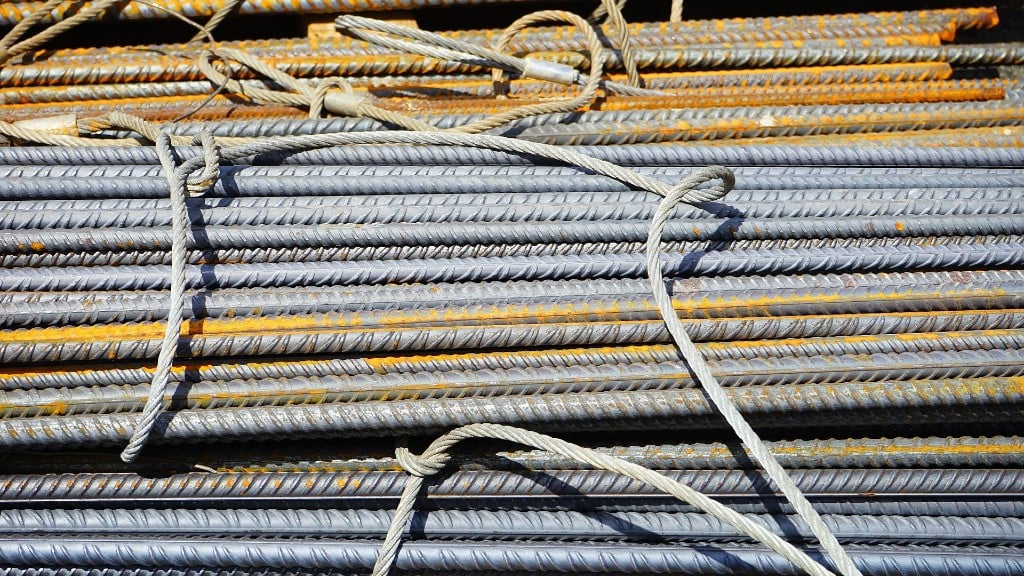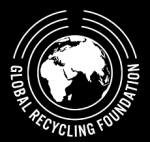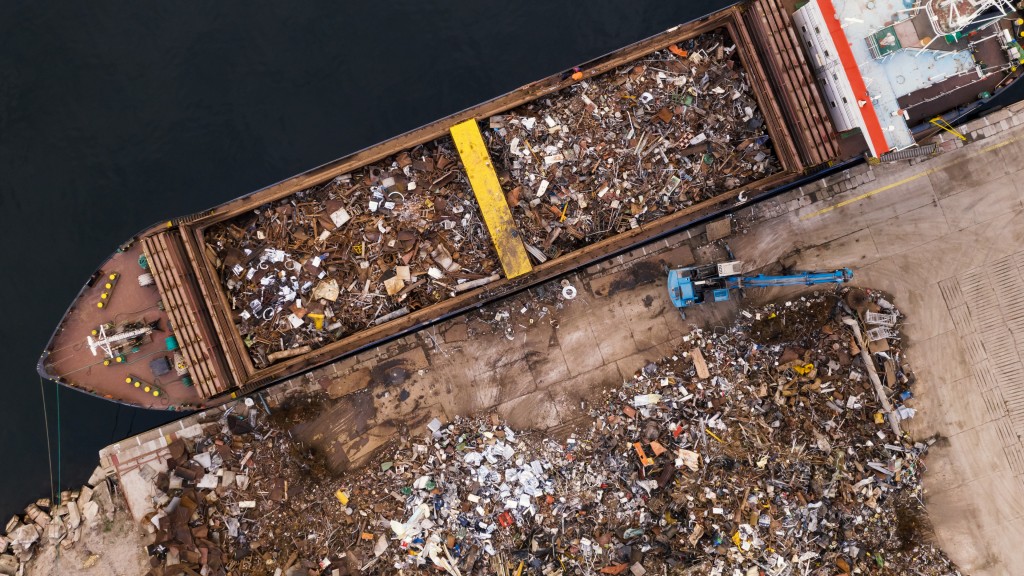
The Global Recycling Foundation has warned that the world iron and steel-making industry must decarbonize as part of the race to achieve net-zero emissions.
To mark Global Recycling Day, GRF has urged policymakers to adopt laws and technologies to make the sector greener and more circular globally.
Iron and steel-making is the world's largest coal consumer, the largest emitter of CO2, and the second largest energy consumer among heavy industries. It accounts for seven to nine percent of global carbon dioxide emissions, more than the emissions from all road freight.
The global steel demand has tripled since 1970 and is set to increase by more than a third between now and 2050. Much of this demand will come from the wind turbines, solar panels, hydroelectric dams, and electric cars, buses, and trains that the world will need to reach net zero.
"This represents a significant challenge. But it also provides a huge opportunity to re-set the world's iron and steel value chains on a more sustainable path," said Ranjit Baxi, GRF's founding president. "Our call resonates with the ambition of COP28 to accelerate the energy transition when it unveiled the Global Decarbonization Accelerator (GDA), a series of landmark initiatives designed to speed up the energy transition and drastically reduce global emissions. As COP28 President HE Dr. Sultan Al Jaber said, 'The GDA adds up to more countries and more companies from more sectors than ever before, in the drive towards the goal of 1.5C.'"
"To decarbonize iron and steel, we'll need green hydrogen, carbon capture and storage (CCS), and electric arc furnace (EAF) technologies," said President of the Bureau of International Recycling (BIR) Susie Burrage. "We'll need to use steel less wastefully, to recycle a lot more and to make renewable energy cheaper for steel makers, users, and re-users. These things won't just happen, they will require a combination of innovation and the right laws, regulations, and incentives.




